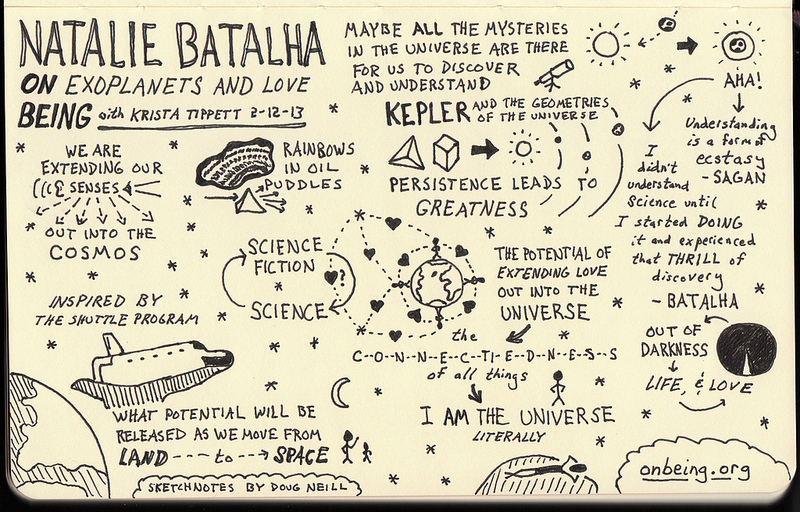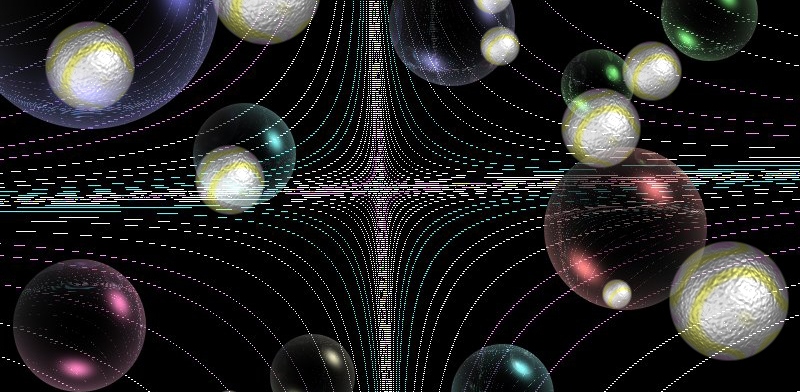 The Hubble Fellows are — forgive me — young stars: young PhD astronomers granted the money to go to whatever astronomy-doing place they want to go to and do whatever astronomy they want to do. And once a year, the Hubble Fellows give public talks about what they’re up to, so any astronomy writer with a brain knows that these young folks are doing the next science and will be all over those talks.
The Hubble Fellows are — forgive me — young stars: young PhD astronomers granted the money to go to whatever astronomy-doing place they want to go to and do whatever astronomy they want to do. And once a year, the Hubble Fellows give public talks about what they’re up to, so any astronomy writer with a brain knows that these young folks are doing the next science and will be all over those talks.
The first thing I notice, because I’m unbearably trivial, is that the young men scientists in their shirts and chinos/jeans with stuff in their pockets are dressed more casually than the older men scientists wearing sports jackets which they clearly keep handy in a pile under their desks. And the young women scientists are dressed unlike the older women scientists who seem to feel the necessity for dressing as much as possible like the older men scientists. The second thing I notice is how hard I have to work to figure out what they’re talking about but once I do, it’s often so ingenious that I can see what evolution saw in humans.
 One problem that Hubble Fellows have worked on is how solar systems form in such a way that not one, in fact zero, of the thousands observed looks a thing like our solar system. And half the solar systems have planets of a size — bigger than Earth and smaller than Neptune – that we don’t have at all. Astronomers are still looking for solar systems like ours but meanwhile, who are these other guys?
One problem that Hubble Fellows have worked on is how solar systems form in such a way that not one, in fact zero, of the thousands observed looks a thing like our solar system. And half the solar systems have planets of a size — bigger than Earth and smaller than Neptune – that we don’t have at all. Astronomers are still looking for solar systems like ours but meanwhile, who are these other guys?
One fellow, named Leslie Rogers, answered that by finding out whether, since planets are either rocks or gasballs, these most common planets are Earths and therefore rock, or Neptunes and therefore gas. Rock being denser than gas, Rogers therefore needed to find the planet’s density. Unfortunately – because you can’t find density without knowing the size and mass, and planet-finding techniques can observe either size or mass but not both — finding density means observing the planet twice, once with each technique. This is onerous enough that out of thousands of planets, astronomers have measured the densities of only 50 or so. Rogers took those 50, lined them up on a graph, ran them through some statistics, and found a cut-off: a planet bigger than 1.6 Earths is not rocky, a planet smaller than 1.6 Earths is probably rocky. So in the first place, Rogers has given astronomers a tidy little first-order proxy for the onerous density: size.
And in the second place, she’s stuck another brick in the anti-Copernican wall. Since by definition all super-Earths and sub-Neptunes are bigger than 1.6 Earths, then the most common planets so far are gas. So all solar systems unlike our solar system. The most common planets are unlike any in our solar system. And the most common planets aren’t even made of rock.
And the more special we get, the less comfortable I feel and the more there-but-for-the-grace-of God-go-we. To wit: Rogers’ favorite solar system — because it’s been measured so precisely, to a few percent uncertainty — is Kepler-36. Planet Kepler-36b is 1.5 Earths and is rock; Kepler-36c is 3.7 Earths and is gas. If they were in our solar system, their orbits, both of them, would be closer to the sun than Mercury. The two of them are so close together that if we lived on Kepler-36b, Kepler-36c would be 2.5 times the size of a full moon, hanging in the sky like a recurring massive threat.
________
Sketchnotes on Exoplanets and Love with Natalie Batalha; Bubble Drop Window – Song_sing